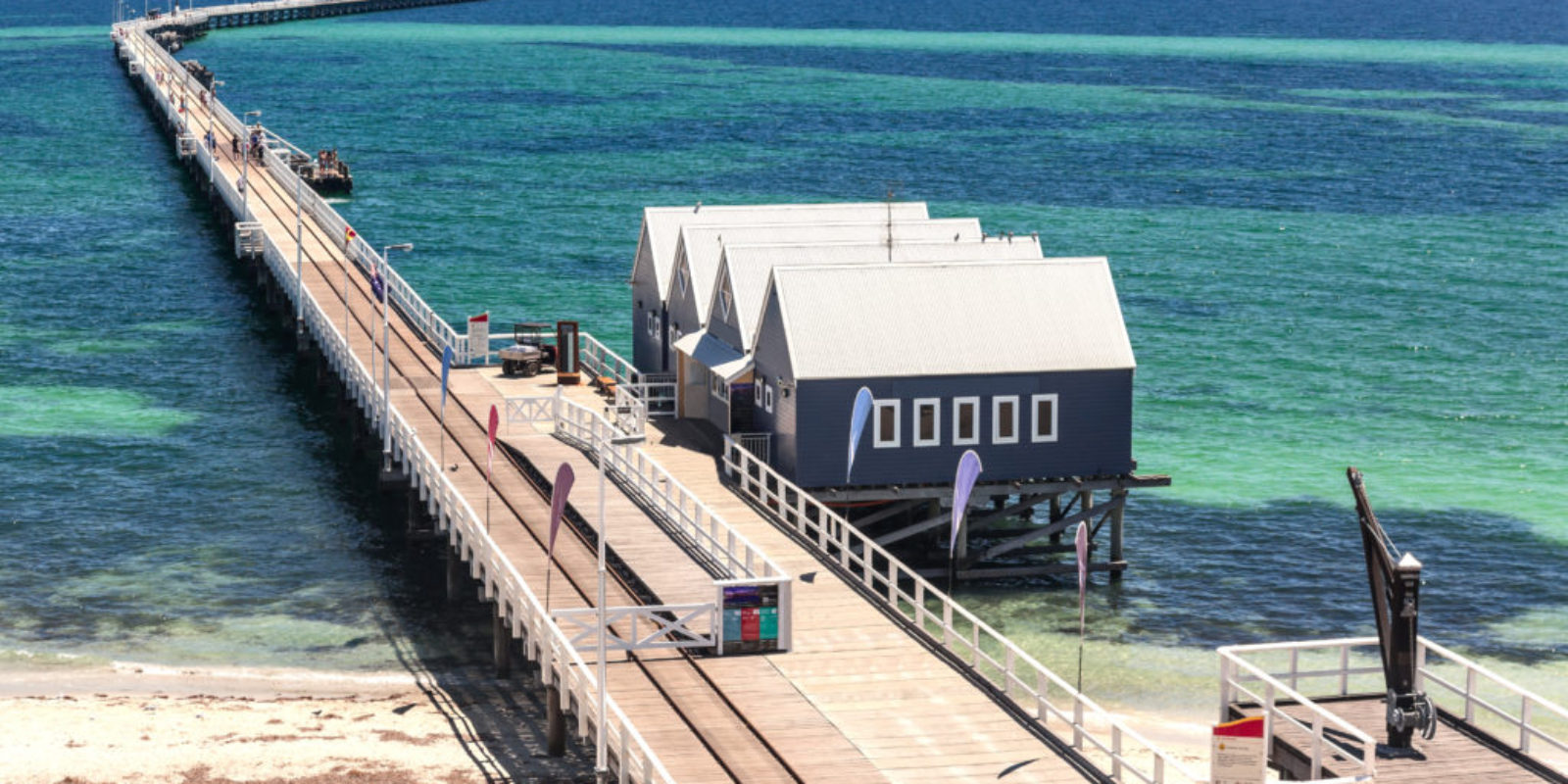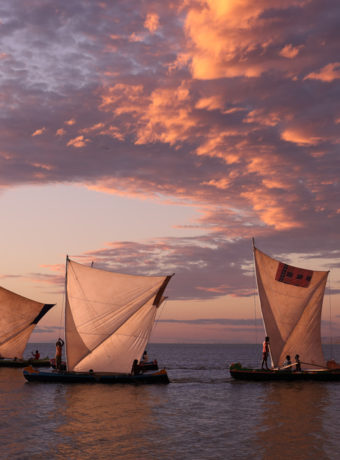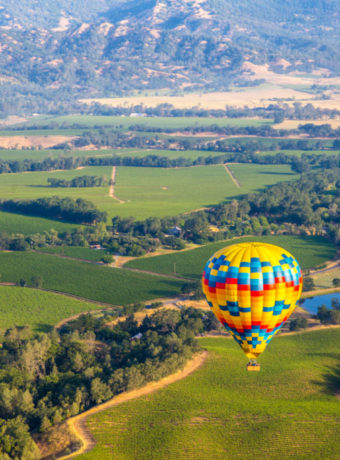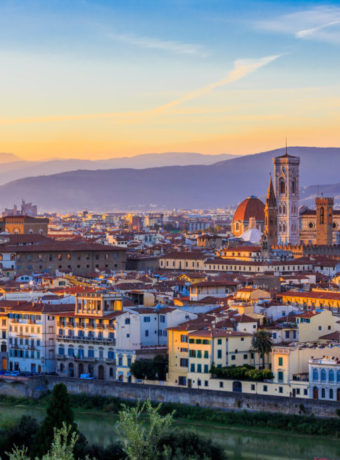The best way to split up the Western Australia regions is exactly how the Tourism Western Australia does it, so forgive me but I am totally taking a page from their book! I wanted to start with Margaret River and the southwest region as its the nearest to Perth, Australia. This doesn’t necessarily make it the easiest to get to, but its certainly a great day or overnight trip from the city. Margaret River is Western Australia’s wine region. As I noted a few months back, the isolation only helps it. The climate is great, the winds from the Indian Ocean are warm, and there’s little in the way of airborne pollution. But there is so much more to Margaret River than just wine, so let’s get started!
Margaret River and Western Australia’s southwest
As you leave Perth, driving down the main highway toward Mandurah, the landscape quickly turns to brown. It doesn’t stay that way for long though, for as soon as you reach Bunbury it shifts to gently rolling hills. If you hug the coast, heading west toward Busselton and Dunsborough, you’ll begin to see lush green vineyards and scraggly trees. If you stay straight from Bunbury, heading toward Albany, the climate grows almost forest-like. Here is where you’ll find the giant trees (northwest of Albany) and the extensive caves system. It’s a totally different region!

The Margaret River coast
Once you get to Busselton, you truly feel like you’re in a different world. The coast goes straight west, so as you stand on the famous jetty, you’re looking north toward Perth. The Busselton Jetty is the world’s longest wooden jetty, at 1.84km long. It was built in stages during the 1850s as sand drift continually made it difficult for ships to dock at Geographie Bay.

South of Busselton and Dunsborough, the landscape shifts. The coast remains scraggly and windswept while it buffers the inland vineyards. The town of Margaret River is hidden among tall pines, a welcome oasis after the dune covered coast. There’s excellent hiking around here, and plenty of wineries to visit after you’ve exhausted yourself on the trail. And its not just wine around here. Margs, as she’s affectionately known, plays host to a gourmet food tour. Follow the trail along to chocolate factories, cideries, breweries, and truffle farms. Taste local olive oil, vinegars, honey, and jams. This well rounded post details some of those experience.

As Ms Darlinghurst notes, there’s way more to Margs than just food. There is world class surfing, hidden swimming holes, and wickedly good hikes. The Cape to Cape trail is a highlight, although to do it in one shot you will need at least a week. The trail begins near Dunsborough at Cape Naturaliste and ends near Augusta at the Cape Leeuwin lighthouse. Cape Leeuwin is the southernmost point in mainland Australia, just a fun fact for those of you who know I like going to the end of the road!
Keen to learn more about Australian wine?! Check out this detailed post.

If you don’t feel like hiking, the main highway meanders through the forest here, and there are plenty of places to pull over to the coast. Hamelin Bay is a popular place, as the beach is somewhat protected by a small bay and there are often sting rays swimming here. I happened by on a very windy day though, so I did not see any!

Albany and the south coast
From Margaret River, it’s about a 4 hour drive along the most direct route. I do not recommend that route unless you are aiming for Albany and have little time. The longer route drops south toward Walpole and the giant trees, past the ancient caves (you can stop), and onward to Denmark. Make sure you stop at Williams Bay National Park, if you have time, to enjoy Greens Pool.

It should come as no surprise that this region was settled by the Danish, Dutch, and Germans with all these names. There’s some unique places to stop through here, such as meaderies and breweries. You’ll find the Margaret River foods in many of the shops here too, if you don’t stock up before leaving Margs! In Albany, don’t miss Limeburners whisky, a scotch distillery on the road to the peninsula.

Albany was once the predominant port in Western Australia. It predates both Fremantle and Perth as a settlement by two years. Albany was originally settled as a military colony of New South Wales. Its commander thus officially held the western part of the continent for the English. Today, Albany retains its military history. It was the last port of call for ANZAC soldiers in World War One and was an auxiliary submarine base during World War Two. Albany lies sheltered from the strong Antarctic winds by Torndirrup National Park and Vancouver Peninsula. There are several unique natural attractions here, similar to the formations along the Great Ocean Road in Victoria.

Everything in between
Don’t miss Wave Rock, a unique geological formation unlike anything you’ve ever seen before. Another popular activity on the coast is whale watching. Did you know that Western Australia has the world’s longest whale migrations? These gentle giants migrate from Albany all the way to the northern Kimberley Coast. For the best viewing, go around midday, and the further south you are, the earlier in the year you’ll need to be. In the Margaret River region, go around January or February.




